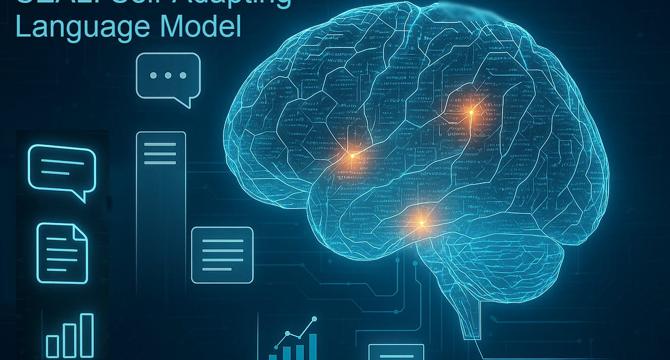Medium
2w
392

Image Credit: Medium
How MIT’s Self-Adapting Language (SEAL) Models Could Transform AI Learning?
- Large language models like GPT-4 lack the ability to learn from experience, resetting at every conversation.
- Traditional LLMs are trained through pretraining and are unable to adapt without costly re-training.
- MIT's Self-Adapting Language (SEAL) models aim to address this limitation by enabling continual learning.
- SEAL models learn from interactions, refine outputs based on feedback, and evolve over time.
- MIT seeks to revolutionize AI learning by incorporating adaptive capabilities into language models.
- SEAL models could significantly enhance AI's problem-solving and adaptation in various scenarios.
- They have potential applications in fields like robotics, customer service, and healthcare.
- SEAL models focus on incremental learning, improving accuracy and efficiency.
- By adapting constantly, SEAL models aim to mimic human-like intelligence in AI systems.
- They strive to overcome the fixed nature of traditional LLMs through continuous evolution.
- MIT's SEAL models aim to shape the future of AI by making machines more responsive and adaptable.
- Their approach could lead to AI that better understands context and user preferences.
- SEAL models a step towards AI models that dynamically adjust based on real-time feedback.
- MIT's research in this area is advancing the frontier of AI technology.
- The Self-Adapting Language models could revolutionize AI-based applications in various industries.
- The evolving nature of SEAL models could redefine the capabilities of artificial intelligence systems.
Read Full Article
23 Likes
For uninterrupted reading, download the app